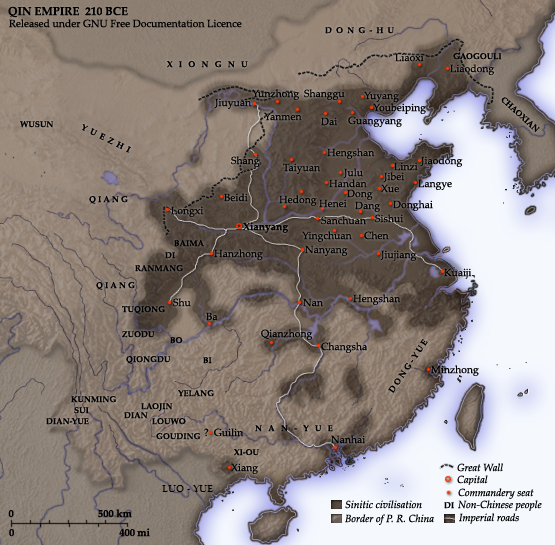Many of our records come from the writings of Pliny the Elder
who was writing during 1st Century AD. He was unaware of regular studio practices but was knowledgeable about the uses of encaustic painting. This method of painting was used for portraits as well as in depicting mythological scenes on panels and in the painting of terra cotta and ivory.

http://en.wikipedia.org/wiki/Pliny_the_Elder
Encaustic Painting from 800BCE
paintings were created by mixing rosin with wax and pigment. The word is from Greek, meaning to burn.
Fayum Portraits
Alexander the Great conquored Egypt in 330 BCE therefore many Greeks settled in Egypt. encaustic painting can be seen in the Funerary portraits of Egypt during the 1st and 2nd Century AD

Greek war ships were also decorated with encaustic paint. Wax is an amazing preserving agent and it is thought that through the process of sealing Greek ships that this art came to be.
Adam, China
Man-made waterways began in Pre-Imperial China, 6th Century BCE
The waterways flow from East to West. City states were developing far from eachother so it was necessary to use the waterways to move food as well as troops around the continent.
Salt and Iron were key in the move towards imperialism.
4th Century BCE- Iron Casting
2nd Century BCE- Sophisticated metal working. Wells were hand drilled 1000s of feet undgerground for natural gas and petroleum which was run through bamboo tubes and utilized to heat large cast iron skillets to make salt from bilge. Piping was also used to send gas to villages for lighting.
During this time suspension bridges were created using woven cables made from bamboo.
The Qin Dynasty

Salt and steel= prosperity of government= controls country
The Great Canal of China was started in the 4th century BCE
The Empire classified city states which put everyone on equal bearing.
